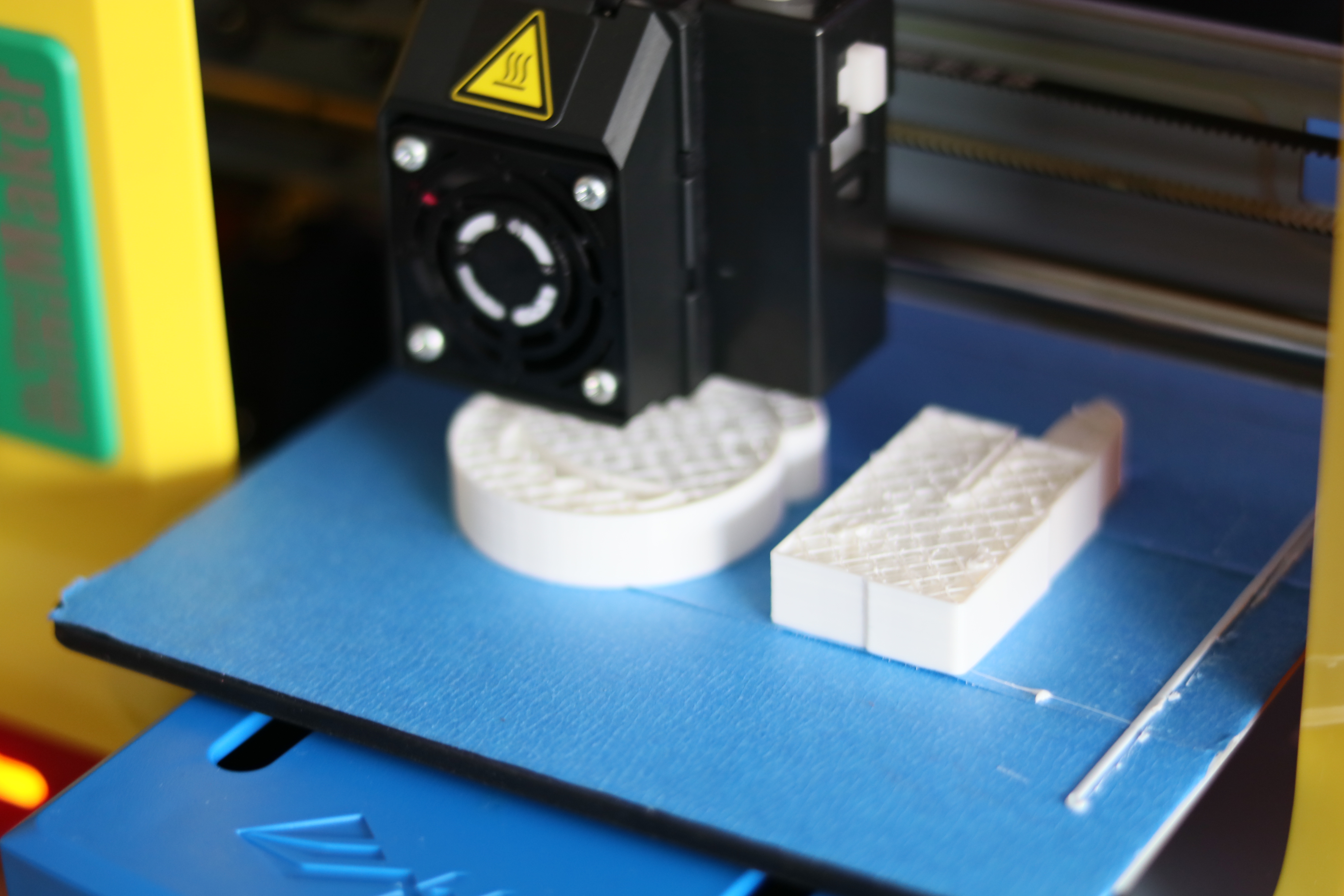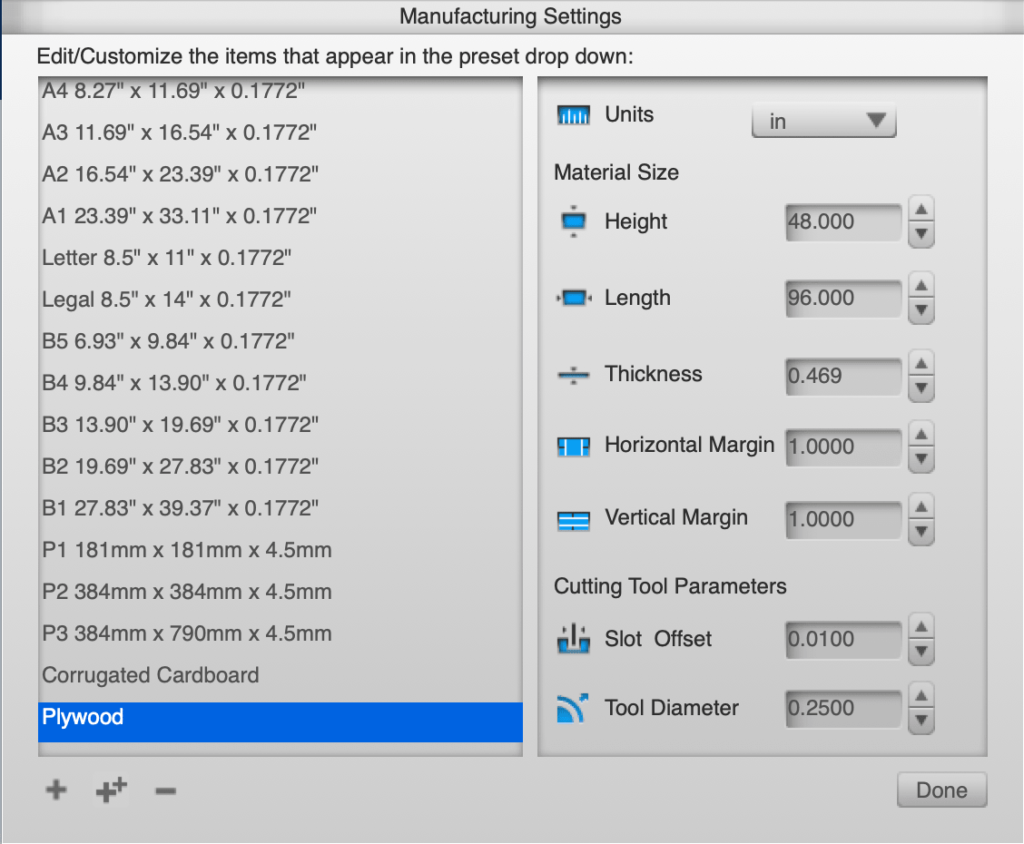

In the Modify section, select the Offset Face command. This is the most important step, from this one can obtain a functional thread for 3D printing.

Select the one you like and drag them onto the bodies of the parts, in my case green and yellow. I used 6.5 mm to make it easier to visualize the subsequent steps. Don't forget to select the NEW BODY operation.ĭon't forget to use an offset so that the extruded piece ends up in another place. Using the same sketch (sketch1), extrude the hexagon using the indicated length, and then press OK. Don't forget to select the JOIN operation. I used the XZ plane, as it seems to be a favorable default position for viewing and editing the model.ĭraw a circle and a hexagon using the displayed dimensions, and then press Finish Sketch.Įxtrude the circle using the indicated length, and then press OK.Įxtrude the hexagon using the indicated length, and then press OK. I called it this way, but you can use any name you like. For example, an M3 thread may be almost impossible to achieve, but an M8 or M9 thread becomes easier to print. That is, if it is too small, the results may be deficient or difficult to achieve. It is important to keep in mind that this procedure and the printing of screws and nuts in general is limited by the dimensions of the thread. If you already know how to model threads, I recommend going directly to step 9 to learn about the necessary adjustments to achieve functional printed threads. This procedure can be extrapolated to other types of threads (not necessarily metric), including a custom thread created by the designer. The example will focus on creating an M10 metric thread, however, steps 1 to 8 explain how to create basic geometry without much detail, in order to provide sufficient context for understanding the general procedure for modeling a thread.

Using a simple example of a screw and nut assembly with metric threads, we will explain the basic modeling procedure and necessary adjustments for printing a functional thread.


 0 kommentar(er)
0 kommentar(er)
